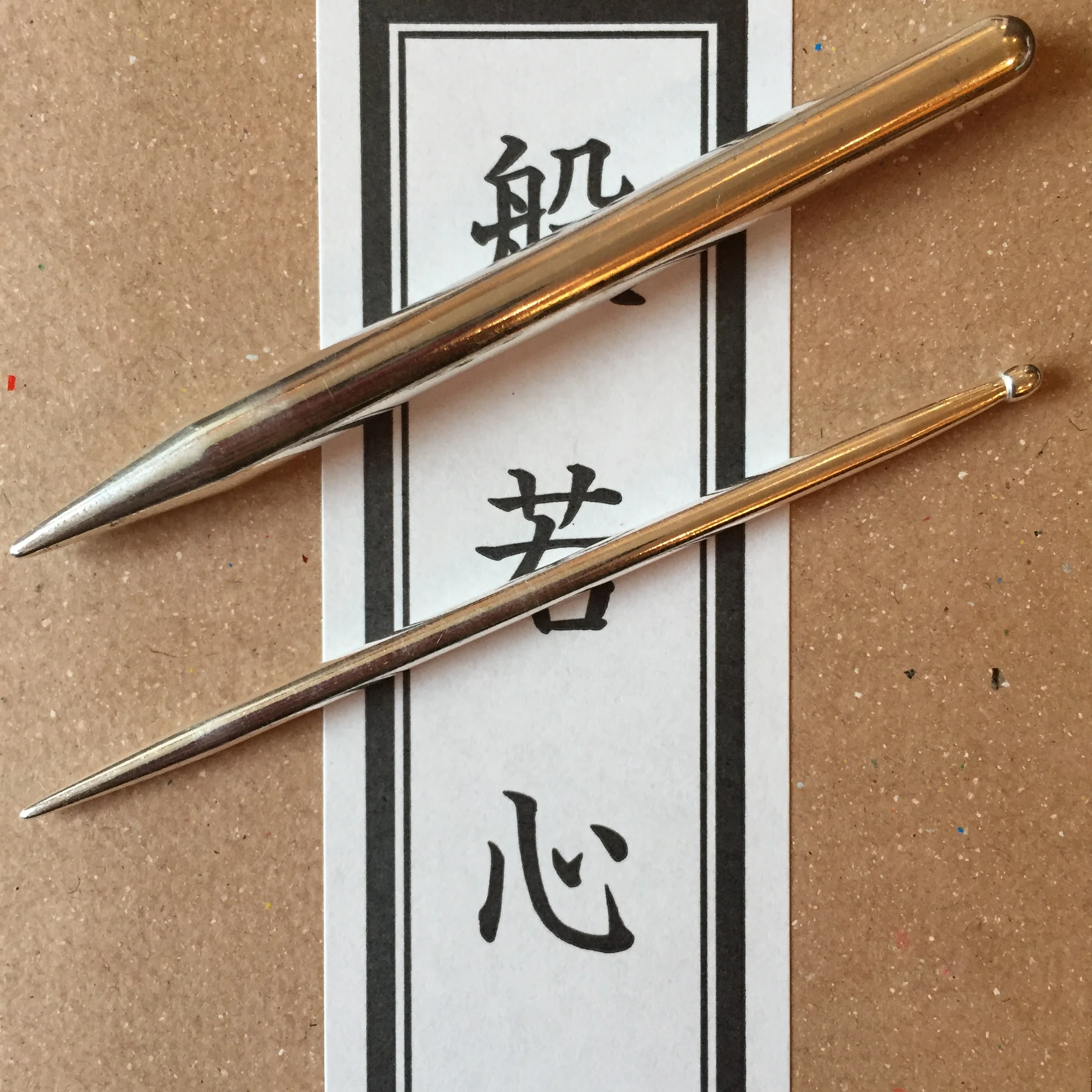A NOTE FROM SHAWNA: When I find a good article I would like to share with you, I will (if the rights of the source allow it), reprint it here for you to enjoy. This does not necessarily indicate a relationship with the source and is not paid content. This post was written by acupuncturist Sai Jurawanichkul, originally posted on Medium, and is reposted here with her permission.
Is stress good or bad? How does it affect our minds and bodies? How can acupuncture and lifestyle / nutritional modifications help?
GOOD STRESS
When we are exposed to an acute, distressful situation, our sympathetic system amps up — what is famously called “fight or flight.” Our adrenal glands release corticosteroids that make our blood vessels constrict and our heart rate increase. Cortisol also increases our blood glucose level. Glucose is the main source of energy that powers our overactive cells during stressful events. This is called “good stress” because it empowers us to handle an acute situation.
BAD STRESS
But, more often than not, our stress lasts longer than a few minutes or a few hours. It extends to days, weeks, months, and even years. This has very detrimental physical and emotional effects.









